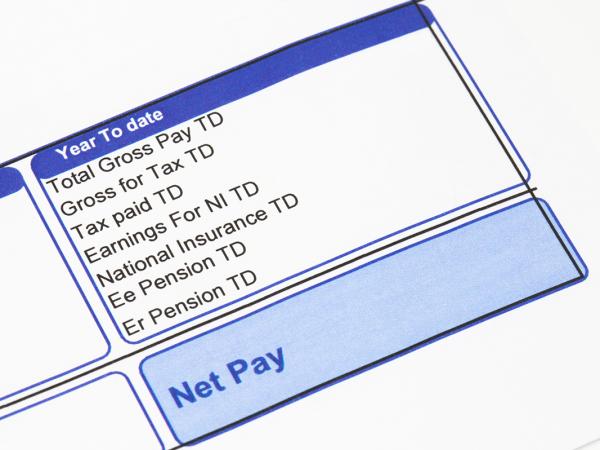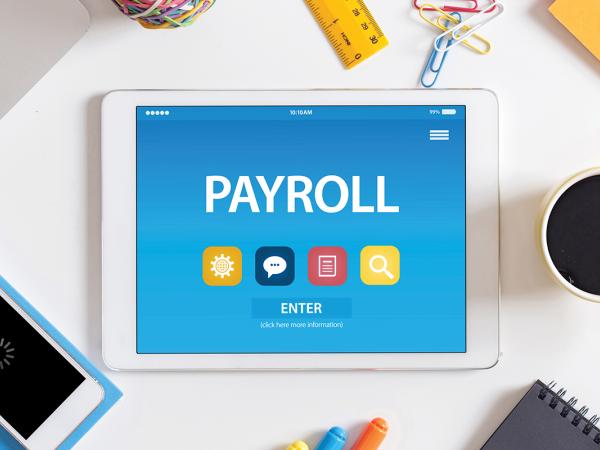More help for employers
There is lots of help out there for employers. Here we provide a summary.

Content on this page:
HMRC's PAYE information
For an overview of all of HMRC’s Pay As You Earn (PAYE) employer guidance in one place, see GOV.UK. We have linked to a lot of this throughout our guidance for employers.
Employer updates
HMRC Employer Bulletin is a bi-monthly magazine for employers. In general, these bulletins contain lots of useful information to help employers meet their payroll obligations, such as updates on forthcoming changes to the rules and guidance in dealing with particular payroll issues.
Employer PAYE updates – HMRC has a wider PAYE ‘hub’ which includes lists of PAYE services, documents and policy papers and outlines updates and changes to the PAYE content on GOV.UK.
Most pages allow you to get emails about this topic. If you subscribe for email alerts, you'll get an email each time new content is published. If you subscribe to the one on the Employer Bulletin page this will then notify you when each Employer Bulletin is published, for example.

Online resources
HMRC offer free online webinars, emails and videos on employing people.
Webinars
A webinar is like watching a conference speaker on a stage from the comfort of your own home. By logging in at the appropriate time through your computer, laptop, tablet or smartphone, you will be able to listen to HMRC talking whilst watching their presentation. During the webinar (if it is live, rather than pre-recorded), you can ask questions by typing into a chat box on the screen. You need to register for a webinar beforehand.
HMRC’s regular webinar topics include things like Getting started as an employer, Getting payroll information right, Using Basic PAYE Tools, Expenses and benefits and End of year tasks.
If you aren’t able to make a live webinar, you may be able to watch a recording of a webinar which has already taken place.
Emails
You can sign up for education emails on Employing someone (PAYE). This is a free service to provide you with emails from HMRC that are tailored to your needs. It is different to subscribing for PAYE update alerts. They are designed to help you understand what you need to do and how to get it right first time.
Videos
HMRC have several short videos for new employers on YouTube (in the Help for new employers part) that you can watch. You don’t need to register to watch the YouTube videos.
X (formerly Twitter)
You can even follow HMRC on X (formerly Twitter).
Online forum
HMRC have an online forum where employers can post questions for them to answer.
Anyone can access this Community Forum. There are many different rooms available – including ones on PAYE and Payroll for Employers, National minimum wage and national living wage and Taking on employees.
To post a question, you need to register and create a profile.
There’s also a separate feature, the Knowledge Base, which contains answers to frequently asked questions on a variety of topics and where you can find information on a number of subjects to help you with your tax affairs. HMRC say that content is regularly updated and new material added.
You may find posting a question in the forum much easier and more convenient than other ways of contacting HMRC, such as phoning them.
However, a few words of warning are given below.
The responses given by HMRC in the forums may not be comprehensive. It is important to understand that tax law is a complicated area. If you are unsure at all about your situation, you should seek further clarification or ensure you take proper advice based on your circumstances, rather than acting (or failing to act) based on any of HMRC’s answers.
This is a ‘community’ forum – mostly HMRC post answers but it is possible for anyone to do this. As such, you need to be cautious, as you could be easily misled by well-meaning but incorrect information posted by another user.
Just as it is important always to write down the details of a phone call with HMRC, you should keep a copy of your question and the answer in case it disappears from the forum. You could take a screenshot if necessary – for example, from a PC, ‘Prt Sc’ (Print Screen) allows you to take a picture of your full screen and then paste it into a Word document for your records. Alternatively, you could print the page with the question and answer on your printer, if you have one. In terms of taking a print screen on your mobile, this will vary depending on the type of phone that you have. You could try pressing the power and volume-down buttons at the same time, or if you have an iPhone or your device has a home button, try the power and home buttons together. You should then be able to access the screenshot from your photo gallery.
HMRC employer helplines
HMRC have two options, depending on how long you have been an employer. Links to the details on GOV.UK for each are given below:
The links above also give information about certain things you can do online and give a postal address for writing to HMRC about employer matters.
If you are not registering as a new employer, when you telephone HMRC, you will need your PAYE or Accounts Office reference. Where you do not have those references, HMRC can only give general advice. If you need to request the references again, HMRC will send them by post to the address held on record.
Most of HMRC's helplines use an automatic system when you first get through – a recorded voice asking you various questions. If you call the employer helplines, you may be asked if you are a business, agent or something else. In this context, 'business' means employer and is the correct option to select even if you employ someone domestically in your home, and you do not consider yourself a ‘business’.
See our getting help section for more hints and tips on using the telephone voice recognition system and getting through to HMRC.
If you have accessibility needs (e.g. need to contact HMRC by Relay UK or by text phone, etc.) or other specific needs see our website section Help from HMRC if you have additional needs..
Running payroll – publications, etc.
You can download the most common forms, tables and help-books for setting up and running a payroll system, including tools to help calculate payroll, for employers not using software from GOV.UK.
CWG2 – Further guide to PAYE and National Insurance contributions is available from GOV.UK.
Employer orderline details can be found on GOV.UK. For details of employer forms and guidance in Braille, large print or audio, phone the Employer Orderline and ask to speak to the Customer Service Team.
A summary of the forms you need to run your payroll can be found on GOV.UK.
Information and help using HMRC’s Online Services is available from HMRC online services helpdesk. This includes a ‘web chat’ facility, though you have to first use HMRC’s digital assistant (chatting with a computer) and if that can’t answer your question, you may get through to a web chat adviser.
For further information about PAYE Basic PAYE Tools go to HMRC Basic PAYE Tools guide.
HMRC help-books and internal manuals
We have provided basic help throughout this website. More detailed and comprehensive help and guidance is available from the following sources.
Statutory Payments
A list of statutory payments you may have to make and how to deal with them is on GOV.UK.
National Insurance contributions and statutory payments toolkit – This guidance is aimed at tax agents and advisers who operate payroll functions for National Insurance contributions and statutory payments for clients and complete their end of year forms. However, employers can also use it to help avoid common mistakes and as a checklist.
Student loans
You can find guidance for employers making student loan deductions on GOV.UK in their Student loan repayments: guidance for employers section.
Expenses and benefits
The following two guides can be found on GOV.UK:
Other expenses and benefits publications can also be found on GOV.UK.
Expenses and benefits from employment toolkit – Anyone completing end of year benefits or expenses forms, e.g. P11D, P11D(b) may find this useful. Although it is aimed at tax agents and advisers who may be completing their client’s end of year forms, employers can also use it to help avoid common mistakes and as a checklist.
HMRC internal manuals
HMRC’s manuals contain guidance prepared for HMRC staff, however they may also be useful for the public to read. They include the following which may be of interest to employers:
- PAYE manual: Comprehensive published guidance from HMRC based on tax law for employers.
- Employment Income manual: Detailed guidance on treatment of particular items of employment income and benefits.
- Employment Status manual: Guidance on tax and NIC issues relating to the employment status of individuals.
Rates and allowances
You can see the key rates and allowances when you operate your payroll or provide expenses and benefits to your employees on GOV.UK.
We have summarised the key 2024/25 employer rates and thresholds into a handy payroll factcard. This factcard also contains the auto-enrolment thresholds, which we hope you will find useful.
Calculators
Calculators for employers to check payroll tax and National Insurance contributions can be found on GOV.UK.
GOV.UK also includes further calculators, as follows:
- Calculate your employee's statutory sick pay
- Maternity, adoption and paternity calculator for employers
- Statutory redundancy calculator for employers
Other areas and sources of help
For information on where to get more help with tax status, see our tax status page.
For information on where to get more help with minimum wage, see our minimum wage page.
For information on where to get more help with auto enrolment, see our auto enrolment page.
For information on where to get more help with employment law, see our employment law page.
Some accountancy firms and tax firms that specialise in employment tax matters, also provide free newsletter updates and briefings that you can sign up to – an internet search on ‘employment tax changes’ or similar, should provide you with some options.
The same goes for HR or payroll professional bodies – for example, see the Chartered Institute of Personnel and Development (CIPD) who have a knowledge hub for employers or the Chartered Institute of Payroll Professionals (CIPP) who have a useful news feed.
Our colleagues in the ATT regularly write articles on a range of issues which affect employers. And remember to keep an eye on our website and in particular our news, where the most up-to-date technical and related administrative matters are highlighted. You can also subscribe for our news updates.
Further downloads
We also produce:



